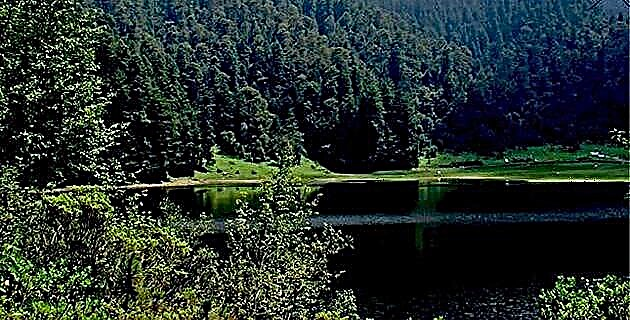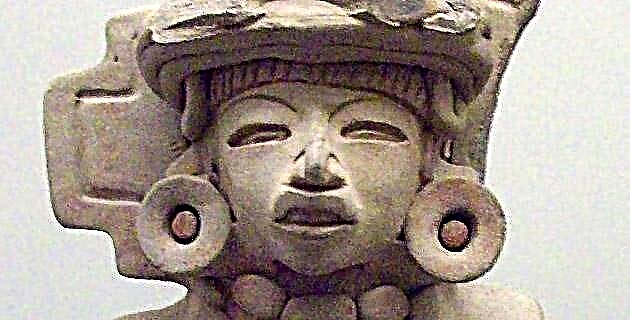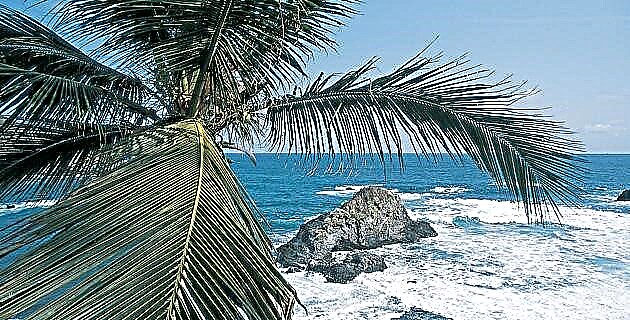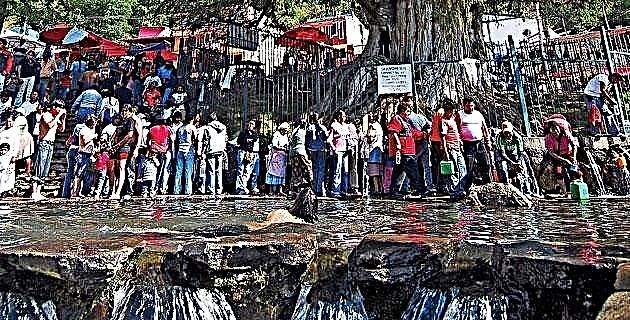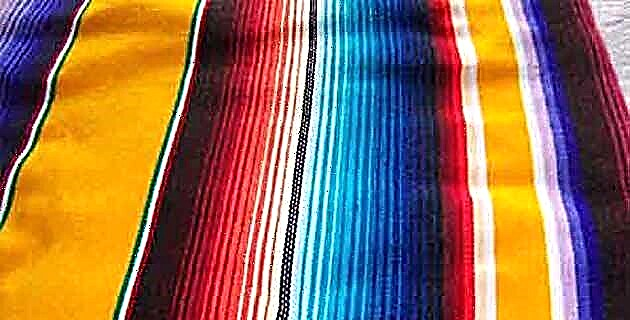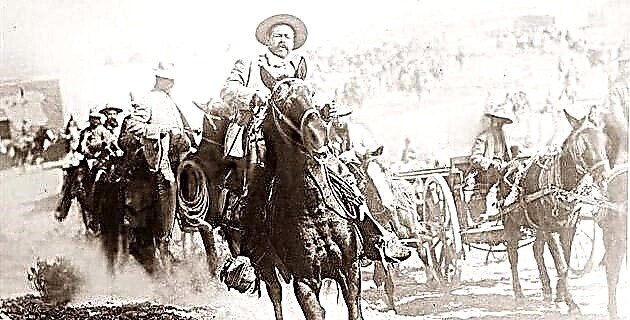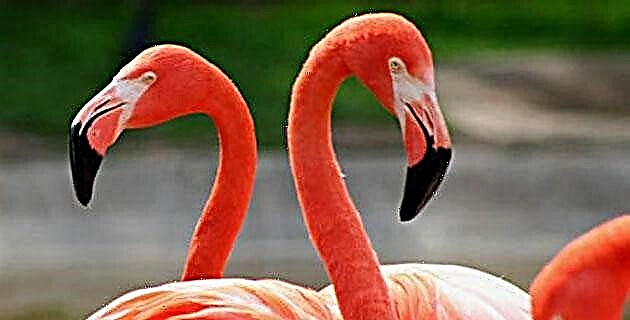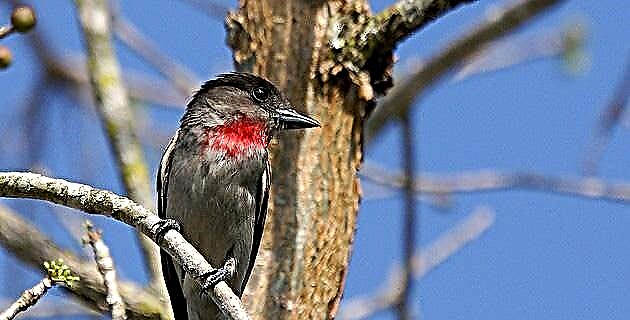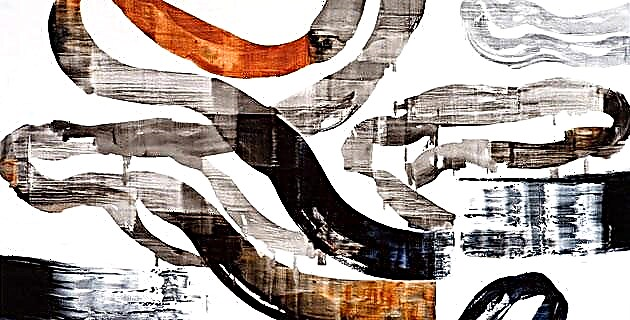
Manuel Felguérez was born on the San Agustín del Vergel farm, in Valparaíso, Zacatecas. In 1928 there were very troubled times, a few years before the armed revolution had ended, but land tenure was not secure and agrarian claims were spreading throughout the country.
“My father commanded certain forces to defend the hacienda, since the peasants claimed the land by violent means. One of my first memories were some gunfights between the 'loyal' forces of the hacienda and the agraristas. "
For security reasons the family emigrated to the capital and his father tried to negotiate the Agrarian Debt bonds, but the following year he died. “I was seven years old, my mother did not want to return and left the farm. I returned to Valparaíso sixty years later because they made me a favorite son of the place and they gave the House of Culture my name. If I didn't come back before, it was because my mother always told me: "Don't go to Valparaíso because they are going to kill you."
The primary, secondary and preparatory studies were carried out with the Marist Brothers. In 1947 he traveled to an international meeting of scouts in France. "During that meeting we visited several countries and at the end of my trip I made the decision to dedicate myself to art as a way of life."
Upon his return to Mexico he entered the Academia de San Carlos, but he did not like the teaching method and returned to Paris to study at the Grande Chaumiere, where the cubist sculptor Zadquine received him as a student. It was there that he met the painter Lilia Carrillo, whom he later married.
Taxidermist, anthropologist by necessity, craftsman, traveler, researcher and teacher, Felguérez is first of all a child who daily discovers the world and, eager for sensations, plays with matter, removes and puts on, arms and disarms, searching in his guts for the secret of the beauty of the forms. His European stay leads him to abstractionism and later to geometrism in its basic forms: the circle, the triangle, the rectangle and the square; By combining them, you will develop your own language.
In the sixties Felguérez made around thirty murals based on reliefs with scrap iron, stones, sand, and shells. Among them are the cinema "Diana" and the spa "Bahía". “It was my system of promoting myself and making myself known. I charged the minimum, what is necessary to live. Finally I closed the workshop and returned to the easel, but I was already known nationally and internationally and everything was very different. "
“I never intended to make a living from art, I made a living teaching. I was a teacher at the University and now I am retired. I never liked depending on the sale. Selling one's own work is very distressing: I painted and painted and the paintings accumulated. "
This leads him to talk about the Museum of Abstract Art that bears his name and which was inaugurated in 1998 in the city of Zacatecas: “At that time, if he had something, it was a spare work, and in the case of sculpture he had no where save it ”. In 1997, Felguérez and his wife Mercedes decided to donate an important collection of their work for the creation of a museum. With the participation of the government of the state of Zacatecas, which destined a building that was originally a seminary and later a barracks and penitentiary, remodeling work began to adapt it to its new functions as an art museum.
The collection is made up of 100 works by the artist, covering various stages of his long career, as well as works by more than 110 abstract artists, national and foreign. This museum is unique of its kind due to its theme and the strict selection of the works on display.
The jewel that crowns the museum is the Osaka Mural Room. "When doing the restoration, we found a very large space, a room of approximately 900 square meters, and there it occurred to us to put the eleven monumental murals made at the request of Fernando Gamboa for the Mexico Pavilion at the Osaka 70 World Exposition."
Years after being painted, these murals are brought together and exhibited together for the first time in Mexico in a room of the museum that comes to be "the Sistine Chapel of Mexican Abstract Art."

